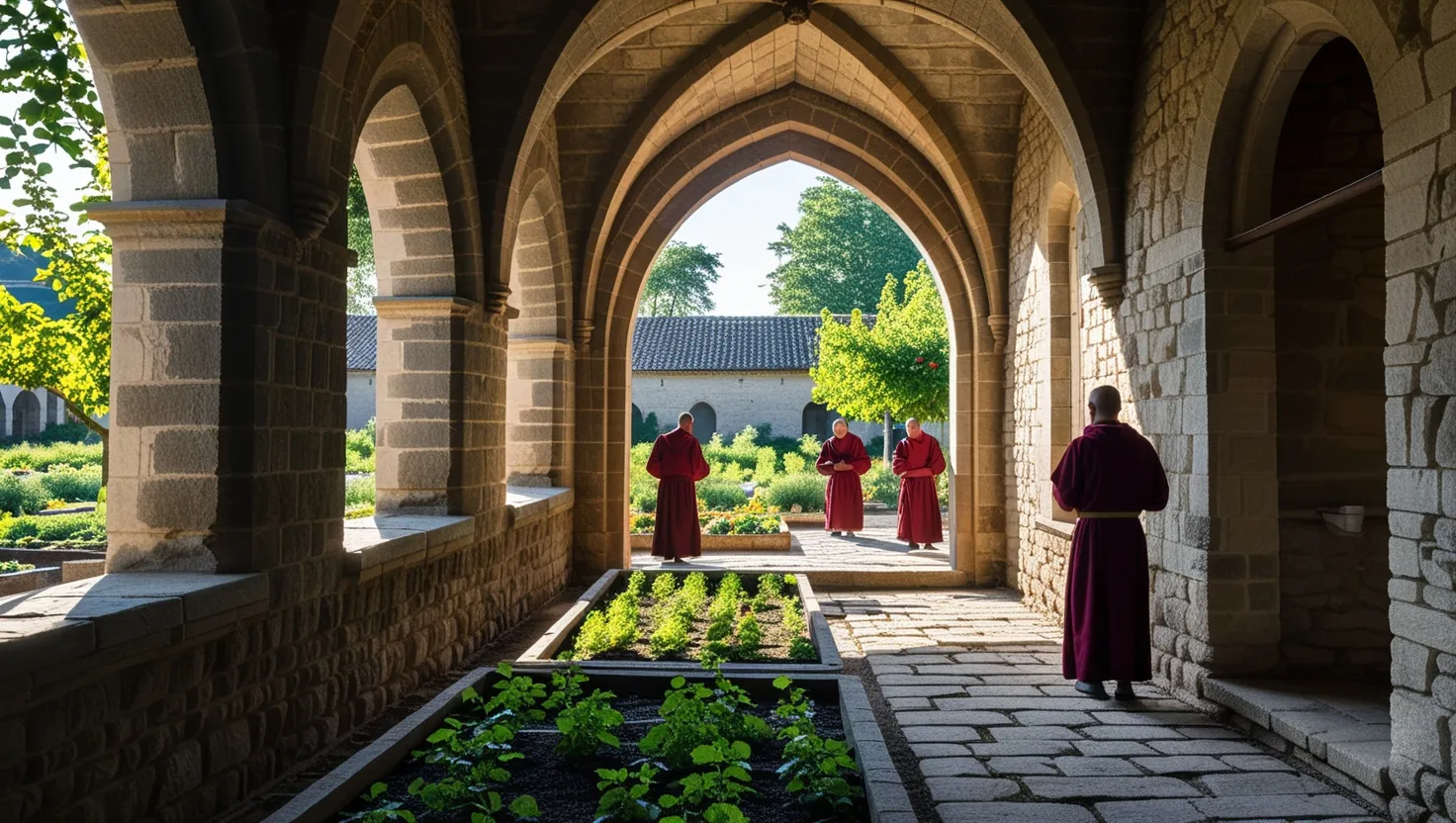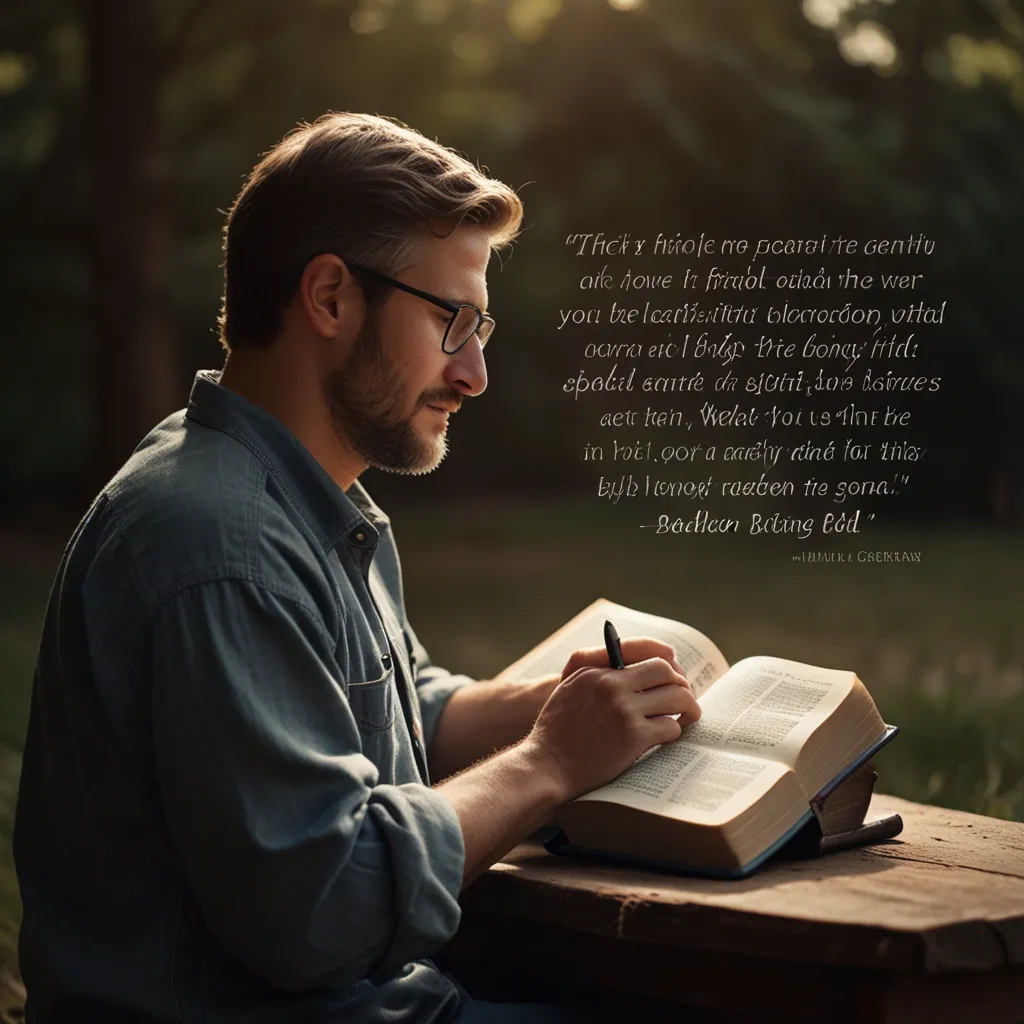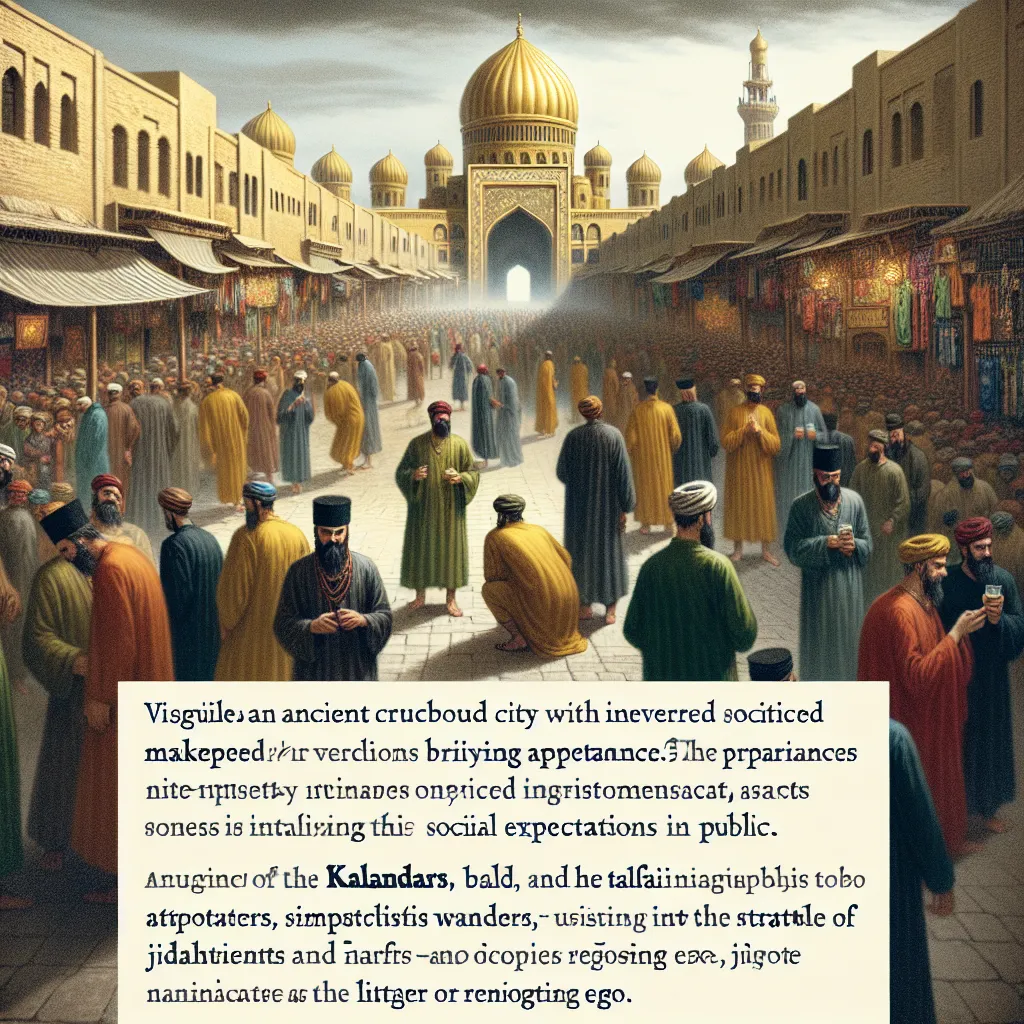Imagine walking through the stone corridors of an ancient monastery, sunlight slanting in through arched windows. In these sacred, echoing halls, monks once tended gardens, copied scripture by candlelight, chanted in meditation, and quietly, almost invisibly, shaped the societies we live in today. Have you ever paused to consider how much of our daily existence, from what we eat to how we learn, owes its form to these communities set apart from the world? Let’s journey through seven monastic traditions whose influence still pulses through modern life in ways both seen and unseen.
“Monastic life… is simply a life in which the spirit of prayer and mortification is carried out more completely than in the world.” — Thomas Merton
Whenever I visit the old Benedictine abbeys dotting the European countryside, I’m reminded that the very soil beneath my feet was once part of their grand experiment in organized agriculture. The Benedictines, more than just hermits or scribes, were innovators in the art of farming. With a systematized approach, they transformed wild forests and marshes into arable fields, introducing crop rotation, fish ponds, and irrigation techniques. What’s rarely discussed is how these practices laid the groundwork for local economies—villages often sprang up around monasteries due to their reliability as food producers. Consider, too, that their methods of bookkeeping and estate management became templates for later feudal administrations and, by extension, early corporate governance models. Could it be that the way we manage resources today finds its roots in these humble gardens?
“The world is a book, and those who do not travel read only a page.” — St. Augustine
Travel east, and picture a Buddhist forest monastery nestled among towering trees. Here, monks spent centuries quietly shielding ancient medical texts from wars and cultural upheavals. During periods when kingdoms fell and knowledge burned, these monastic physicians methodically compiled herbal remedies, acupuncture techniques, and treatises on diet that rivaled anything found in the most sophisticated courts. What fascinates me is how their mindfulness practices—attending to the body’s signals, cultivating small acts of daily care—have resurfaced in modern clinics and therapy rooms worldwide. Next time you see “mindfulness-based stress reduction” on a hospital pamphlet or hear of herbal teas prescribed for insomnia, you’re glimpsing a fragment of this forest wisdom transported through time.
“Health is the greatest gift, contentment the greatest wealth, faithfulness the best relationship.” — Buddha
Across the Irish Sea, my thoughts drift to the windswept ruins of Celtic monastic communities. It’s easy to overlook their enormous educational legacy. These were not mere shelters for reclusive scribes; they were vibrant hubs of intellectual exchange where monks taught reading, arithmetic, astronomy, and languages to boys—and sometimes girls—from local villages. They copied and preserved classical works lost elsewhere, inventing marginal notes and even new forms of punctuation to aid their students’ understanding. The first structured curricula, movable classrooms, and public reading sessions all began here. When was the last time you considered that our concept of the classroom, with its emphasis on dialogue and questioning, owes much to this early monastic context?
“Education is the kindling of a flame, not the filling of a vessel.” — Socrates
Similar yet different is the world of Zen Buddhist monasticism. Zen’s approach to work—how sweeping a floor or preparing tea can be just as sacred as an hour of meditation—isn’t just poetic; it’s profoundly practical. The discipline of focusing wholly on the moment at hand, of letting go of distraction and ego as you wash rice or stack firewood, became the silent teacher of present-moment awareness. Over time, these principles influenced Japan’s craft guilds and even found their way into modern productivity movements like Kaizen, now seen in multinational corporations. Ask yourself: How might your own workday change if every task, no matter how small, became an opportunity for mindfulness?
“Before enlightenment, chop wood, carry water. After enlightenment, chop wood, carry water.” — Zen proverb
The contributions of the Franciscan Order run deeper than their well-known vow of poverty. Rooted in the bustling towns of medieval Italy, Franciscans pioneered lending models to support the poor without the stigma of usury. Early versions of pawnshops and community credit funds, administered by monks rather than moneylenders, seeded ideas that eventually matured into microfinance initiatives and ethical banking. Today, discussions around responsible lending and financial inclusion echo these early experiments. Have you ever wondered if your local credit union—or even the concept of a “living wage”—has a spiritual ancestor in a Franciscan friar’s ledger?
“Start by doing what’s necessary; then do what’s possible; and suddenly you are doing the impossible.” — St. Francis of Assisi
Meanwhile, in the warm, incense-laden courtyards of Hindu ashrams, another revolution in human wellbeing was quietly underway. Monastic teachers here mapped the connections between breath, mind, and body long before the West discovered endorphins or neural plasticity. Their systematic approach to physical wellness—yoga, pranayama, meditation—offered a path for spiritual realization but also for stress reduction and mental health, ideas now validated by scientific research. I often reflect on how a morning sun salutation or mindful breathing, rituals now commonplace in gyms and boardrooms, would have seemed the domain of ascetics just a century ago.
“When you own your breath, nobody can steal your peace.” — Unknown Yogi
From the deserts of Mount Athos to Russian caves, the Hesychast traditions of Eastern Orthodoxy took introspection to an extraordinary level. Their meditative practices—repeating the Jesus Prayer, stilling the mind, observing the flow of thoughts—anticipated modern psychological frameworks for attention and consciousness. Early Hesychasts spoke of “watchfulness,” a state resembling what contemporary therapists describe as cognitive awareness or meta-cognition. Imagine a tradition where monks, by observing their inner chatter, contributed to what we now call cognitive behavioral therapy. What does this tell us about the unexpected sources of psychological insight?
“Be still, and know that I am God.” — Psalm 46:10
If you look at these monastic traditions not as isolated relics, but as dynamic engines of innovation, a richer picture emerges. Whenever societies fractured, or knowledge faltered, these communities held the line—preserving, adapting, experimenting. Their influence courses through the world in our methods of farming, finance, healing, teaching, and even working. When I pause to trace these connections, I’m left with a profound respect for the quiet revolutions birthed behind cloistered walls.
What else might we learn from their example today? In an age obsessed with speed, novelty, and distraction, perhaps the most radical act is stillness—the willingness to do ordinary things with extraordinary attention. Try, even for an afternoon, cultivating a monastic rhythm: focus wholly on one task, give thanks for a meal, reflect in silence, offer service without expectation. History suggests these small acts might ripple outward, shaping more than just our days—they might, as they have before, reshape our world.






